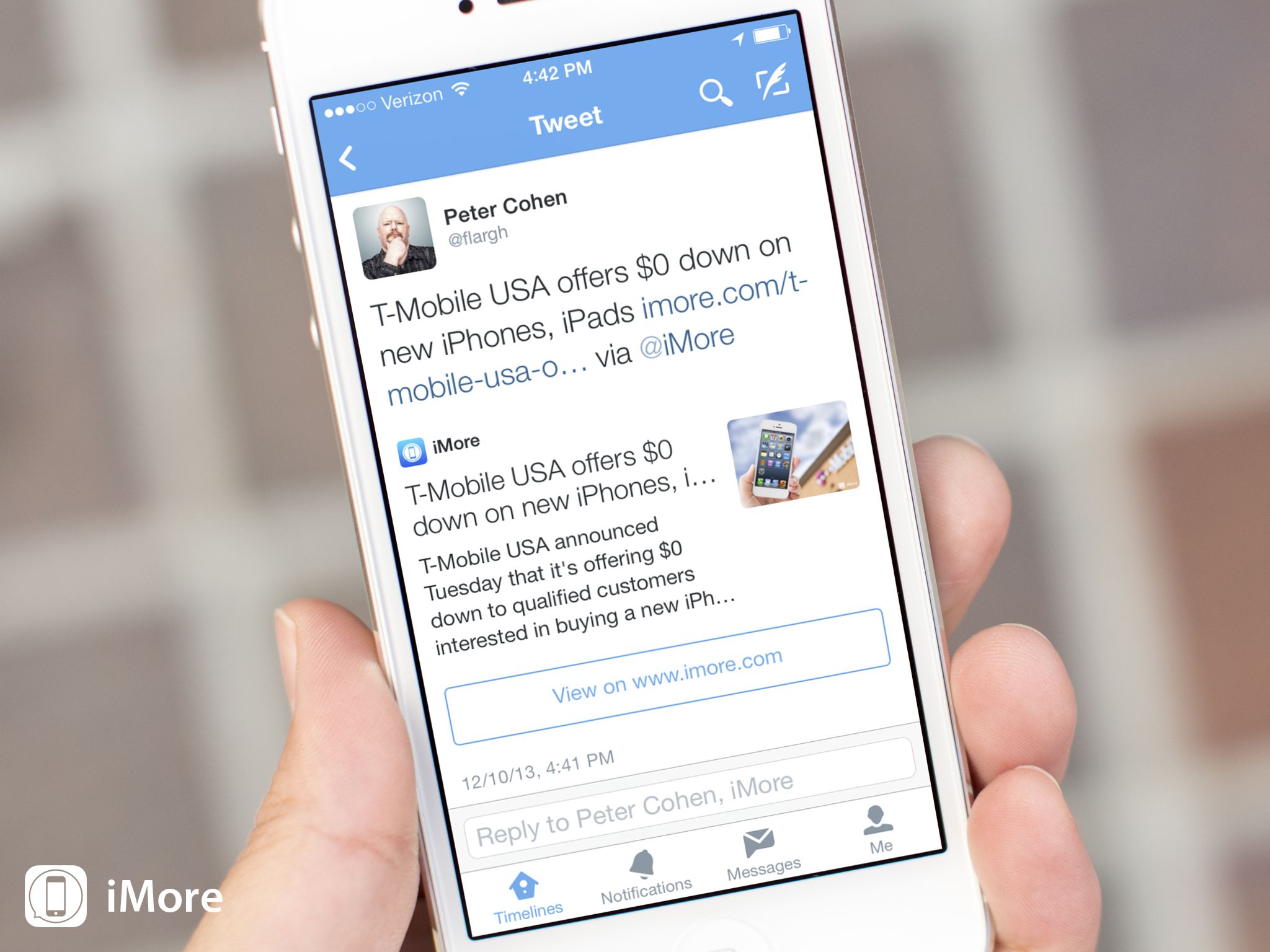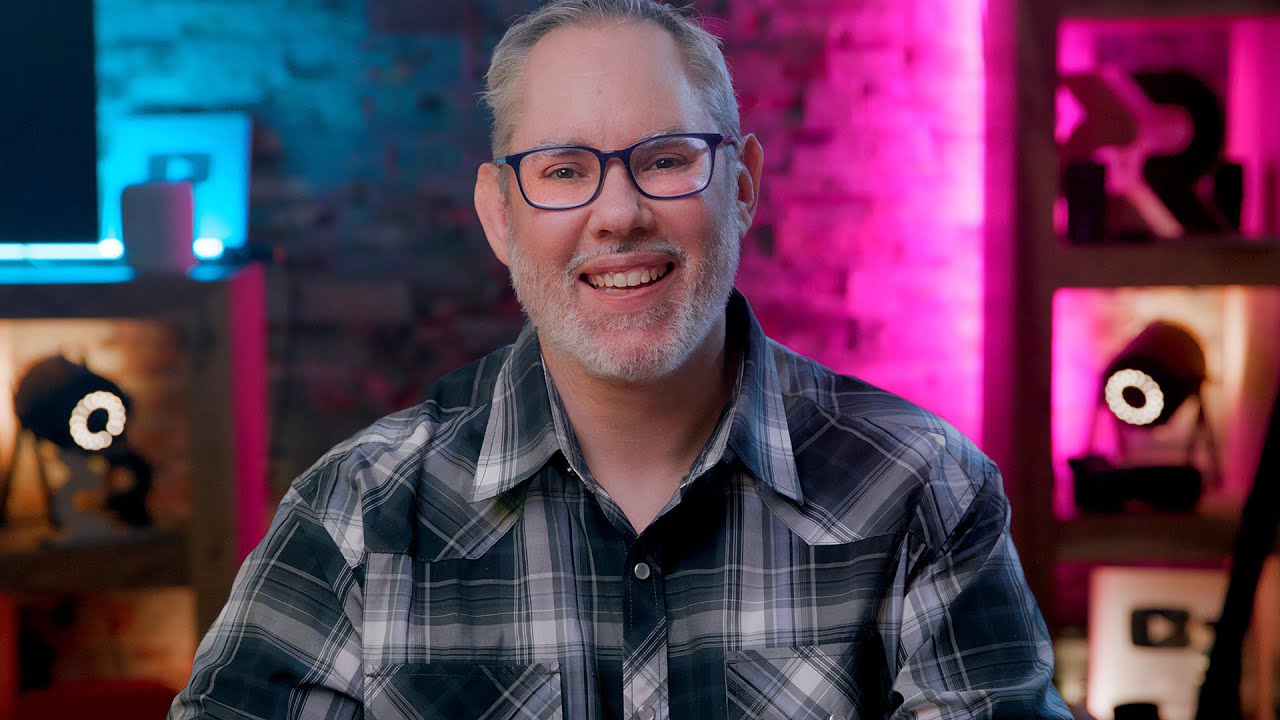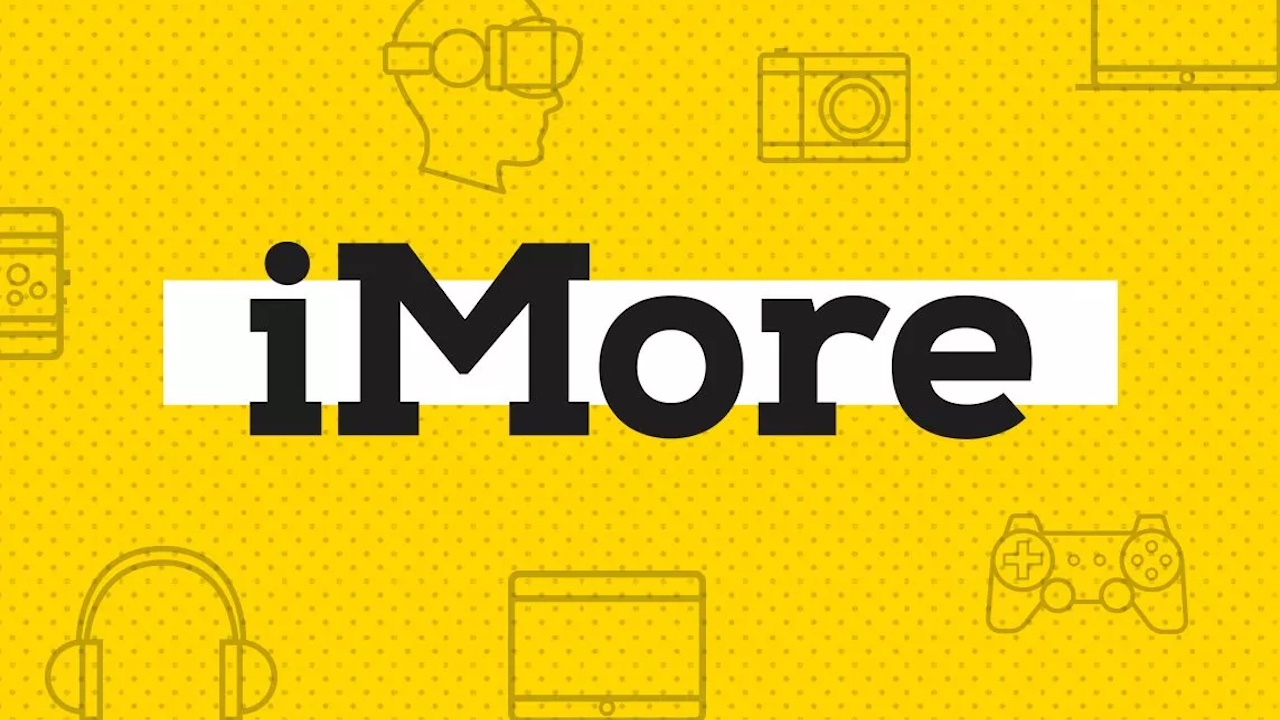Twitter changes how 'block' works, here's what you need to know! [Updated]

Twitter has changed the way its "block" feature worked. Previously, user accounts you blocked could no longer follow the account you blocked them with, wouldn't appear in your timeline, and couldn't see your posts. They could still be retweeted by accounts you didn't block, and the people behind the accounts could still log out or view your account's profile page on the web. For all intents and purposes, however, "block" worked pretty much the way any reasonable person would expect it to - it made things more difficult. With the change, however, blocked accounts can now still follow the account you blocked them from, retweet and favorite your posts, and otherwise interact with you - you just won't see them (again, unless an account you do follow re-broadcasts it). In other words, the new Twitter "block" is now more of a "mute". The only way to protect your account and content now is to make it private.
This change might more accurately convey the dangers inherent in public internet activity, but it also leaves a huge gap between the new, muting "block" and the "private" account. There's little place left to go if you want to engage a wider audience, but don't want to be harassed, stalked, or abused online.
If Twitter wants to change the "block" behavior, they should offer something that still fills the needs of the people who depended on the past behavior: "mute" to stop seeing those you don't want to see, "block" to stop them seeing what you don't want them to see, and "private" to have absolute control over who sees what.
Right now it strikes me as a situation similar to Google's password protection policy for Chrome. Eliminating casual protection just because full protection is impossible is a technical abstract, not a human reality. It's logic, not emotion, and people need and deserve a better balance of both, especially from a social network.
Update 1: Twitter explained their rationale to Matthew Panzarino of TechCrunch:
The company said that they had seen situations where users, once they discovered that they had been blocked — because they could no longer view tweets or interact with tweets — would find other ways to attack or harass the blocker or even be spurred to greater abuse. Twitter says that another reason for the change is to better communicate to users that ‘blocked’ does not mean ‘invisible’ and that your information is still public.
Which, again, is technical but not human. Twitter is public by default. Pop up a dialog reminding people that block doesn't prevent public content from being seen in public, but allow them the tools to make their content even slightly less accessible to those who have abused their access to it.
Update 2: Twitter has decided to reverse the changes and revert "block" to its previous behavior. From the Twitter blog:
iMore offers spot-on advice and guidance from our team of experts, with decades of Apple device experience to lean on. Learn more with iMore!
Earlier today, we made a change to the way the “block” function of Twitter works. We have decided to revert the change after receiving feedback from many users – we never want to introduce features at the cost of users feeling less safe. Any blocks you had previously instituted are still in effect.
If nothing else, it shows that feature changes need deep ramification modeling before being implemented, especially on social networks.
If you've got any thoughts about the new "block", let me know.

Rene Ritchie is one of the most respected Apple analysts in the business, reaching a combined audience of over 40 million readers a month. His YouTube channel, Vector, has over 90 thousand subscribers and 14 million views and his podcasts, including Debug, have been downloaded over 20 million times. He also regularly co-hosts MacBreak Weekly for the TWiT network and co-hosted CES Live! and Talk Mobile. Based in Montreal, Rene is a former director of product marketing, web developer, and graphic designer. He's authored several books and appeared on numerous television and radio segments to discuss Apple and the technology industry. When not working, he likes to cook, grapple, and spend time with his friends and family.
